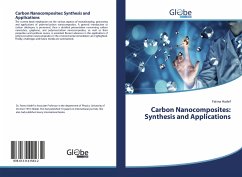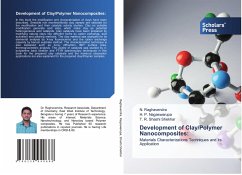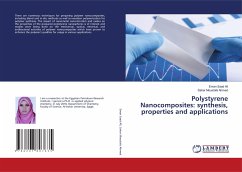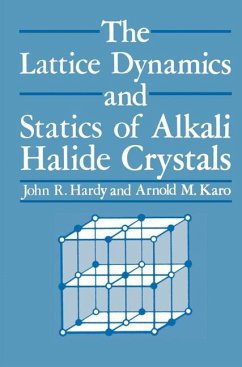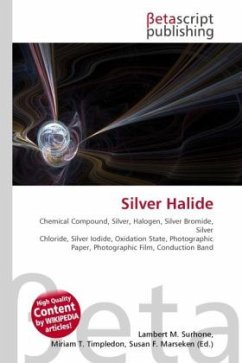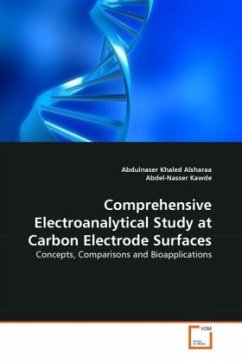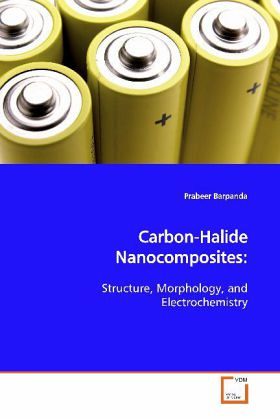
Carbon-Halide Nanocomposites:
Structure, Morphology, and Electrochemistry
Versandkostenfrei!
Versandfertig in 6-10 Tagen
52,99 €
inkl. MwSt.

PAYBACK Punkte
26 °P sammeln!
In the field of ''Electrochemical Supercapacitors'',activated carbons are most-widely used electrodematerials. The capacity of these carbons can beimproved by engineering the morphology and/ormaterials'' chemistry. In this book, a new conceptnamed ''Chemical Halidation'' has been proposed toimprove the electrochemical capacity of activatedcarbons. Activated carbons have been modified bymechanochemical halide incorporation. This chemicalhalidation gives rise to ''Carbon-halidenanocomposites''. Halidation sharply modifies thephysical and electrochemical properties of precursoractivated carbons. ...
In the field of ''Electrochemical Supercapacitors'',
activated carbons are most-widely used electrode
materials. The capacity of these carbons can be
improved by engineering the morphology and/or
materials'' chemistry. In this book, a new concept
named ''Chemical Halidation'' has been proposed to
improve the electrochemical capacity of activated
carbons. Activated carbons have been modified by
mechanochemical halide incorporation. This chemical
halidation gives rise to ''Carbon-halide
nanocomposites''. Halidation sharply modifies the
physical and electrochemical properties of precursor
activated carbons. The current work presents an
intensive study of structure, morphology and
electrochemical properties of carbon-halide
nanocomposites using a suites of techniques like XRD,
XRF, DSC, BET, SAXS, XPS and Raman spectroscopy.
Halidation has been shown to improve the
galvanostatic and volumetric capacity of precursor
carbon manyfold. The concept of ''Chemical Halidation''
has been generalised to different types of carbon
(amorphous, crystalline, mesoporous, microporous) and
different halides (iodine and bromine). Chemical
halidation is proposed as a novel way to improve the
capacity of carbons.
activated carbons are most-widely used electrode
materials. The capacity of these carbons can be
improved by engineering the morphology and/or
materials'' chemistry. In this book, a new concept
named ''Chemical Halidation'' has been proposed to
improve the electrochemical capacity of activated
carbons. Activated carbons have been modified by
mechanochemical halide incorporation. This chemical
halidation gives rise to ''Carbon-halide
nanocomposites''. Halidation sharply modifies the
physical and electrochemical properties of precursor
activated carbons. The current work presents an
intensive study of structure, morphology and
electrochemical properties of carbon-halide
nanocomposites using a suites of techniques like XRD,
XRF, DSC, BET, SAXS, XPS and Raman spectroscopy.
Halidation has been shown to improve the
galvanostatic and volumetric capacity of precursor
carbon manyfold. The concept of ''Chemical Halidation''
has been generalised to different types of carbon
(amorphous, crystalline, mesoporous, microporous) and
different halides (iodine and bromine). Chemical
halidation is proposed as a novel way to improve the
capacity of carbons.



